Wyatt Earp: The Gambler, Lawman, and Wild West Icon
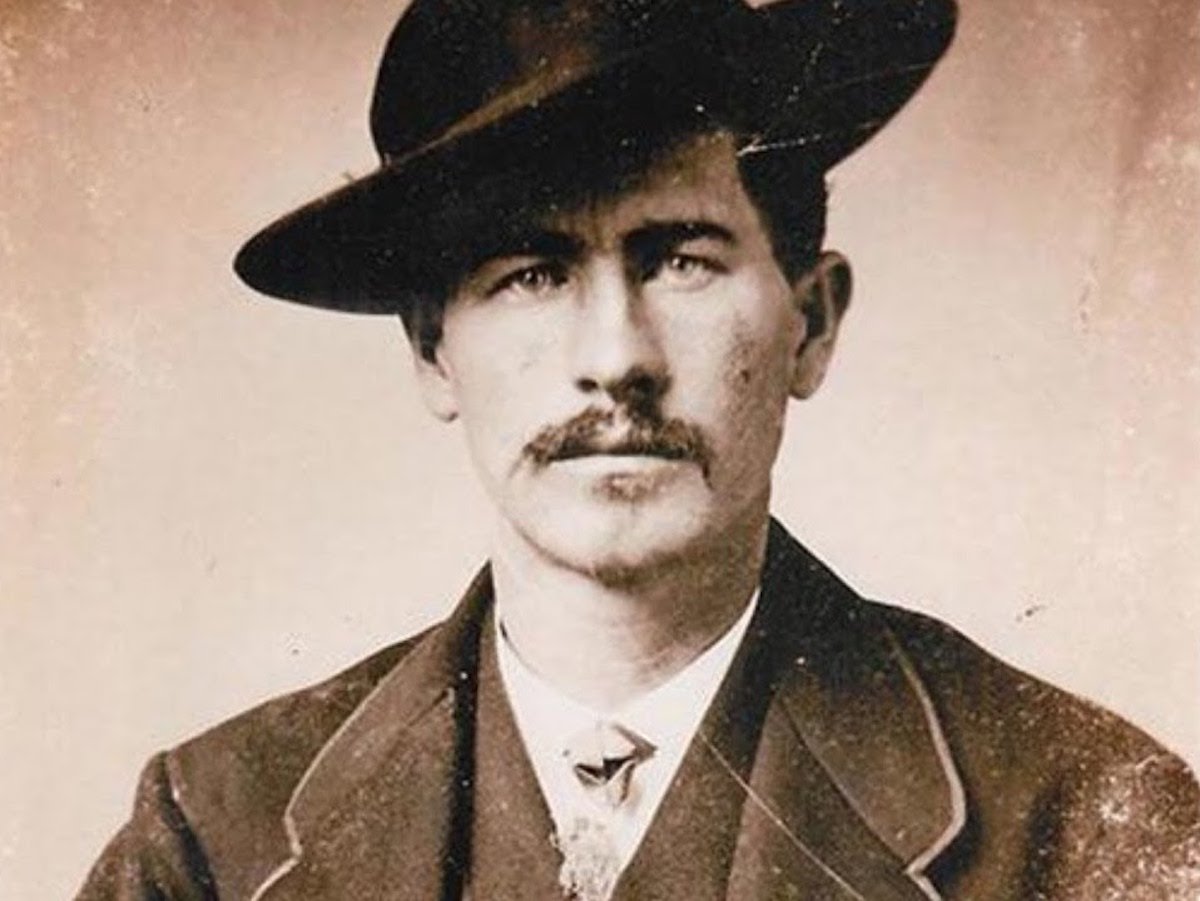
The Enigmatic Life and Enduring Legacy of Wyatt Earp
The story of Wyatt Earp is woven deeply into the fabric of the American Old West, marked by heroism, scandal, and myth. Although many tales about Earp have been embellished over the generations, his real exploits as a lawman, skilled gambler, and gunslinger are the foundation of his legendary status. Numerous Hollywood films have drawn inspiration from his life, casting stars such as Henry Fonda, Burt Lancaster, James Garner, Kurt Russell, and Kevin Costner in the iconic role, underscoring the enduring fascination with Earp’s extraordinary journey.
Early Years and the Making of a Marksman
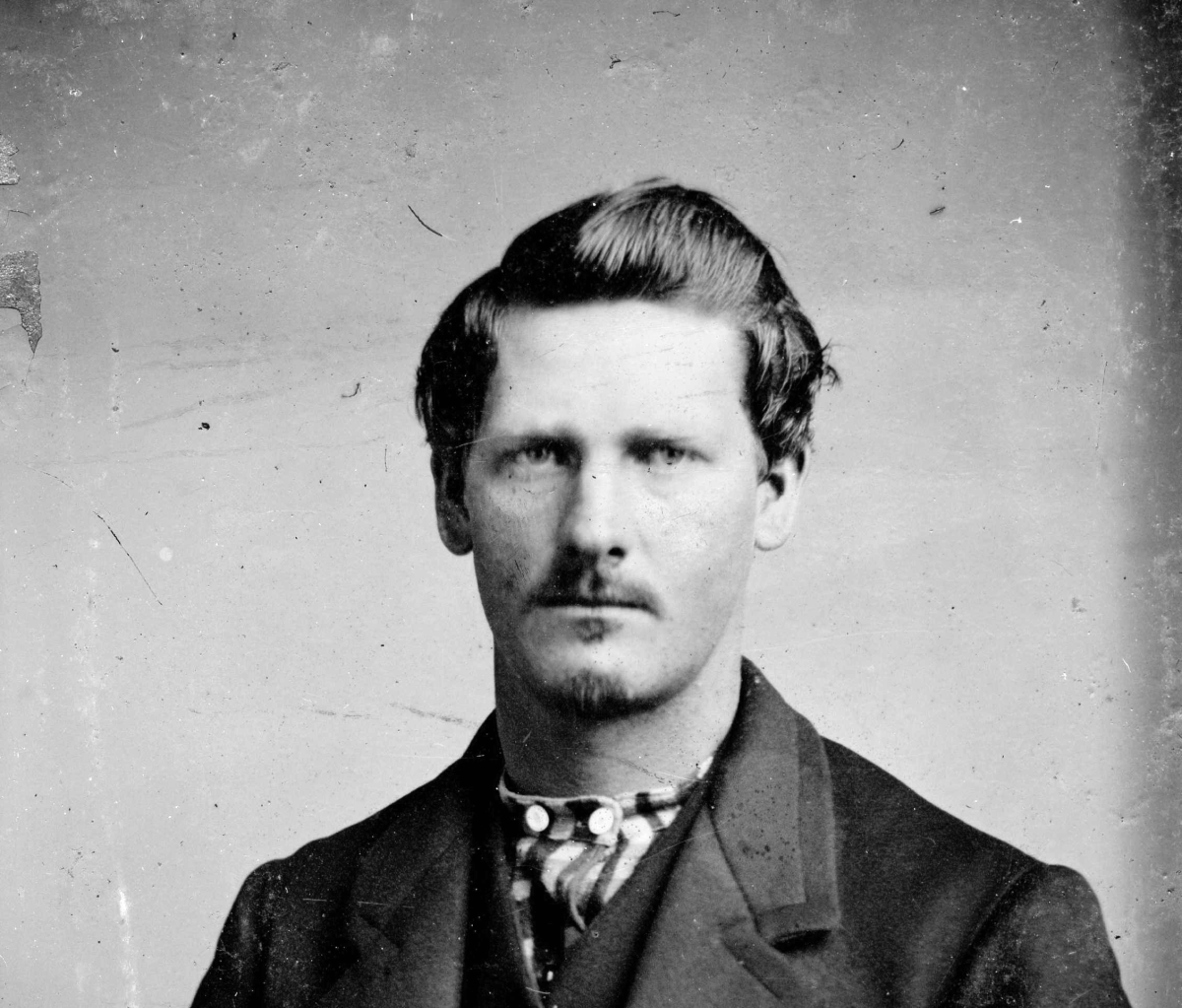
Wyatt Berry Stapp Earp was born in March 1848 in Monmouth, Illinois. His formative years were spent on an Iowa farm alongside his siblings before the family relocated to California in 1864. This westward move marked his first introduction to firearms, a skill he refined through relentless practice.
In California, Earp supported himself with various ventures, including buffalo hunting and driving stagecoaches. Tragedy struck when his first wife, Urilla Sutherland, died of typhoid fever in 1870, less than a year after their marriage. Seeking a fresh start, Earp moved around the West, eventually landing in Dodge City, Oklahoma, where he served as deputy town marshal and worked as a card dealer at the Long Branch Saloon. Here, he formed enduring friendships with Doc Holliday and Bat Masterson-partnerships that would leave a mark on Western folklore.
By 1879, Wyatt and his companion, Mattie Blaylock, joined his brothers in Tombstone, Arizona, lured by the prospect of riches from the silver boom. Earp found steady work in the thriving gambling scene at the Oriental Saloon, and he and his brothers quickly became central figures in local law enforcement.
Conflict and Alliances in Tombstone
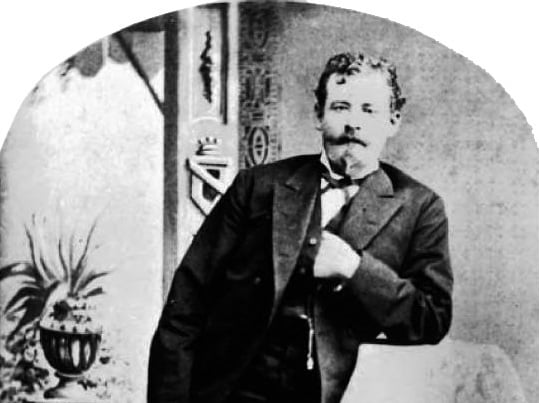
Tombstone’s turbulent environment pitted the Earp brothers against lawless ranching clans, notably the Clanton and McLaury families. In March 1881, an uneasy alliance-brokered in part by an agreement with rancher and would-be outlaw Ike Clanton-began to unravel as tensions mounted. The partnership fell apart dramatically, setting the stage for one of the most storied gunfights in American history.
During this charged period, Earp’s personal life also shifted. He became romantically involved with Josie Sarah Marcus, a touring actress, who would remain by his side for the rest of his days. With events moving toward violence, Earp’s reputation as both lawman and gambler became intertwined with legend.
The O.K. Corral: A Legendary Shootout
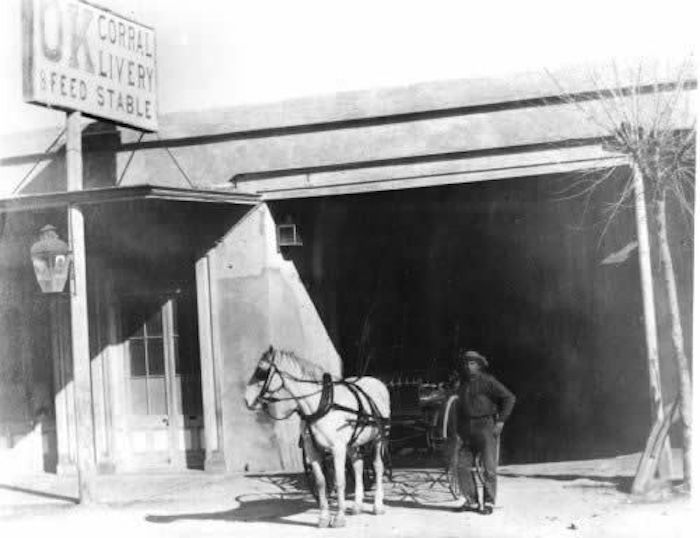
When Wyatt Earp and his brothers arrived in Tombstone, friction with the Clanton-McLaury faction began immediately. An initial agreement established between Earp and Ike Clanton deteriorated in the fall of 1881. On October 26, animosity boiled over into the infamous Gunfight at the O.K. Corral.
The confrontation pitted the Earp brothers-Wyatt, Virgil, and Morgan-along with ally Doc Holliday against Ike and Billy Clanton and Tom and Frank McLaury. Short-tempered rhetoric and threats led to an explosive showdown. The result: the Clanton-McLaury group suffered heavy casualties, with Ike Clanton the sole survivor from his side, albeit driven by revenge. Remarkably, Wyatt escaped without injury, while his brothers and Holliday sustained wounds.
Following the gunfight, murder charges were brought against Wyatt and his allies, but they were cleared by the courts. The violence did not cease, however. In December, a retaliatory attack left Virgil Earp mortally wounded, and in March, Morgan was killed. Wyatt, determined to avenge his brothers, pursued their attackers before eventually leaving Tombstone with Josie.
Wyatt Earp’s Later Years and Passing
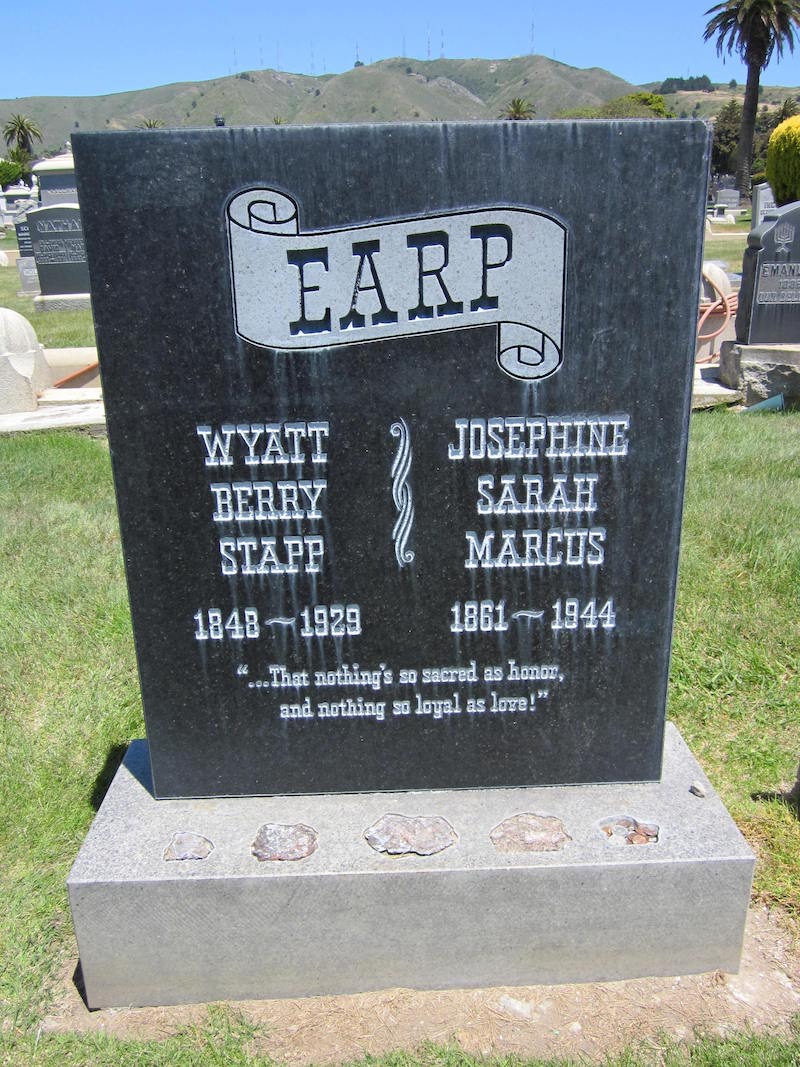
After the dramatic events in Arizona, Wyatt Earp spent the next four decades traveling the American West alongside Josie. He continued to engage in gambling operations, horse breeding, and saloon management, while also prospecting during the gold rushes in California and Alaska.
In his later years, Earp shared stories from his Wild West days with filmmakers and writers, influencing the portrayal of frontier life in early Hollywood Westerns. He attempted to write his own memoir, but it failed to gain attention during his lifetime.
Wyatt Earp succumbed to prostate cancer on January 13, 1929, at age 80. He was cremated and his ashes were interred in the Marcus family plot near San Francisco, joined by Josie after her death in 1944. The couple never had children.
The Making of an American Legend
Although Wyatt Earp’s personal attempt at chronicling his life fell short of acclaim, the posthumous release of Stuart N. Lake’s 1931 biography, Wyatt Earp: Frontier Marshal, propelled him into the annals of popular culture. Despite containing fictionalized accounts, Lake’s version of Earp became a success and a source of inspiration during America’s Great Depression.
Earp’s enduring allure lies in his commitment to justice, unyielding loyalty, and boldness in the face of adversity. These qualities, real and imagined, have cemented him as a hero of the American West-a figure whose legacy continues to captivate and inspire new generations.













